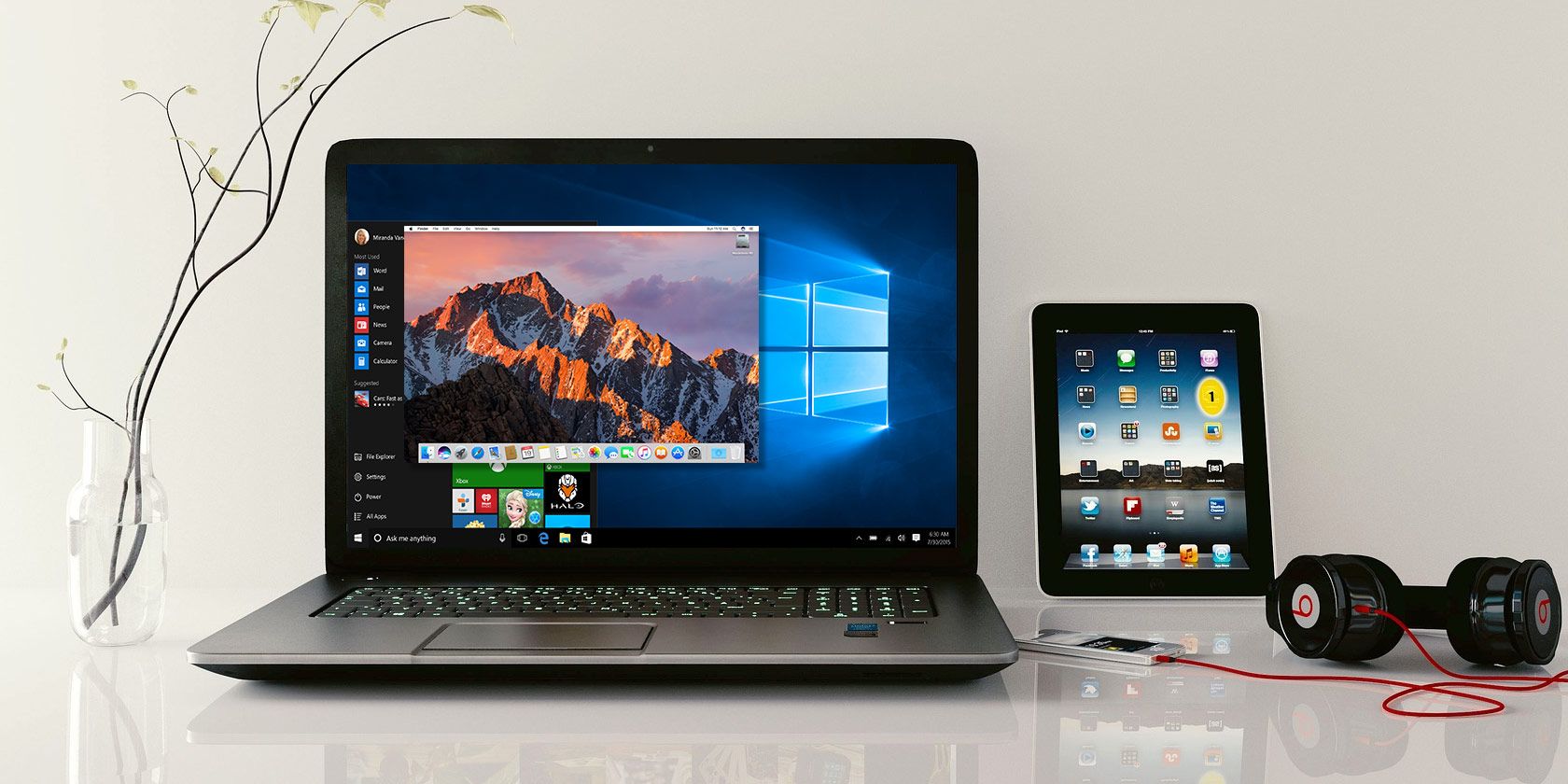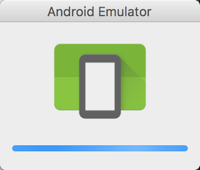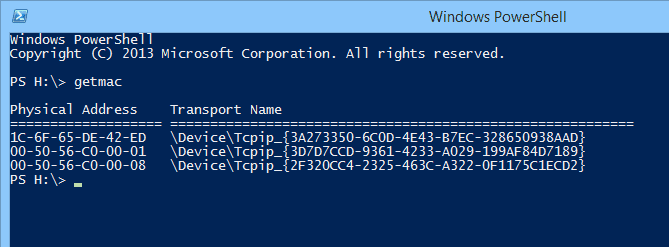
- Powershell emulator mac how to#
- Powershell emulator mac install#
- Powershell emulator mac android#
- Powershell emulator mac windows 7#
Powershell emulator mac install#
Use adb -s install to install on selected device: adb -s 06157df6aaf6c740 install my-android-app. The device id from the output of adb devices command.Ģ. Where should be replaced with the value of attached device id.
Powershell emulator mac how to#
Now when you know how to list all attached devices, we can install our APK on one of these devices using same adb command.

If I have adb devices command I get the following output: List of devices attachedĮmulator-5554 device adb – Install APK on Specific Device
Powershell emulator mac android#
I have one Android emulator running and one Android device connected to my computer now. PowerShell commands let you manage computers from the command line. PowerShell helps system administrators and power-users rapidly automate tasks that manage operating systems (Linux, macOS, and Windows) and processes. (Optional) Add Android Emulator to Windows Path. PowerShell is a task-based command-line shell and scripting language built on. If you do, the device will be turned off. To list all Android devices connected to your computer use the following command: adb devices Finally, do not close the PowerShell or Command Prompt window while the virtual device is running. Now, select the Path variable under your user account and click on the Edit button.In this short tutorial you will learn how to use adb command to install an APK on a specific Android device if more than one is connected to your computer. In the System Properties window, click on the Environment Variable button appearing at the bottom of the window.Ĥ. many Microsoft Windows applications such. Open the start menu, search for Environment Variables and open it.ģ. Macindows lets you run many Microsoft Windows applications such as Microsoft Word and Excel for Windows on your Macintosh without emulation. Now, click on the address bar and copy the folder path.Ģ. Just like before, go to the Emulator folder in the Android SDK folder. Follow the below steps to add Android emulator to Windows path.ġ.

To leave the PowerShell prompt, just type exit and press. You’ll see a PowerShell prompt beginning with PS, and you can run PowerShell cmdlets just as you would on Windows. This works on both Linux and Macwhichever you’re using. That way, you don’t have to go to the SDK folder manually just to launch the virtual device. Open a terminal and run the powershell command to access a PowerShell shell environment. However, if you are going through this procedure frequently, then you can make your life easier by adding the Emulator folder as an environment variable to the Windows path. If you only launch AVD manager without Android Studio occasionally, then the above method is good enough. (Optional) Add Android Emulator to Windows Path You can access all the settings of the virtual device too.įinally, do not close the PowerShell or Command Prompt window while the virtual device is running. As soon as you execute the command, the AVD manager will launch the virtual device.Ħ.

Don’t forget to replace with the actual device name you got from the above command.\emulator.exe -avd " "ĥ. emu8086 An emulator of 8086 (Intel and AMD compatible) microprocessor, Size. Now, execute the below command to launch the virtual device. 65C02 Emulator for Windows - This Windows 95 program will emulate a 65C02 microprocessor in a basic system. In my case, there is only one virtual device.\emulator.exe -list-avdsĤ. So, execute the below command and it will list all the devices with their names. To launch Android emulator, we first need to know the name of the virtual device.
Powershell emulator mac windows 7#
Note: If you are using Windows 7 or 8, you will Open Command Prompt Here option, select it.ģ.


 0 kommentar(er)
0 kommentar(er)
